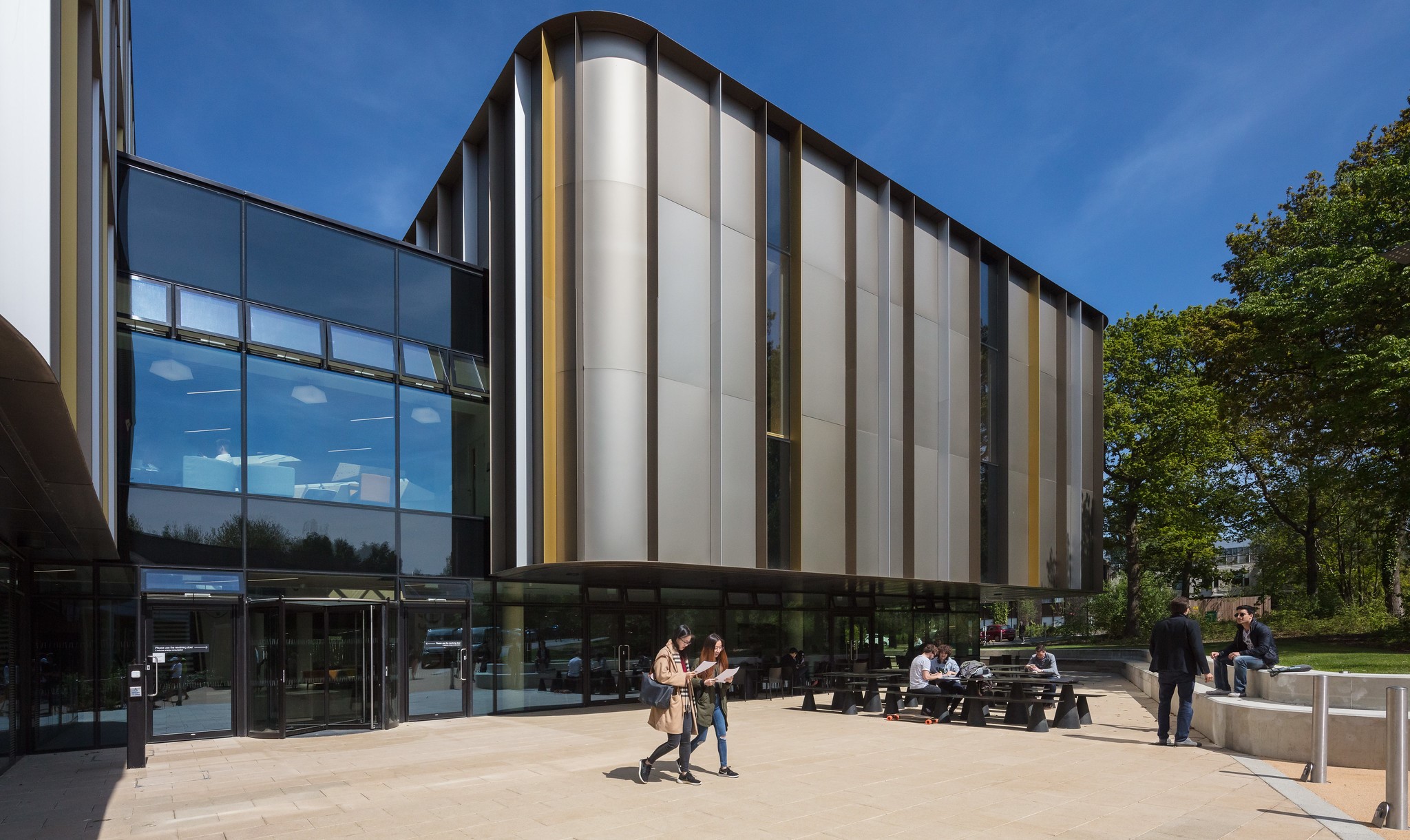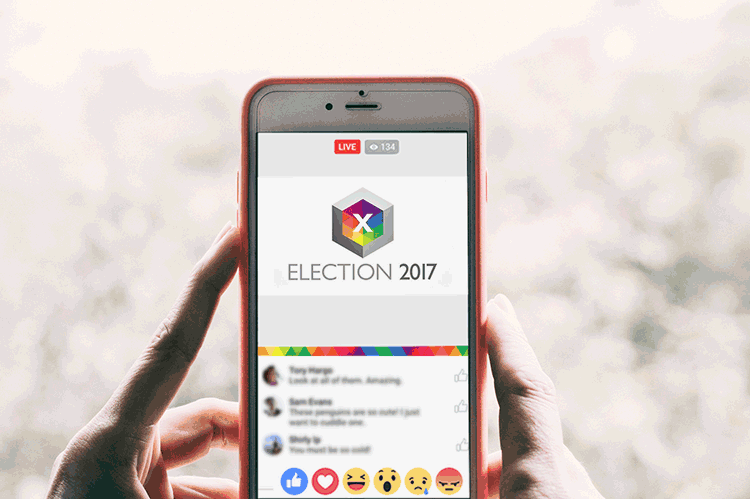The use of digital marketing in politics has dramatically changed the way campaigns are managed and how voters interact with their elected members of parliament. As the snap election results are announced we consider the ‘dark, unregulated corner of our political campaigns,’[1] by exploring how new digital strategies have been employed to reach voters.
Snap election snaps social
When the election was announced on March 18, campaign managers across the country went into panic mode. With a meagre 50 days until the vote, digital has become more critical than ever in the election race.
Social media has been a major game-changer in this year’s election with major parties using highly targeted Facebook campaigns to target voters. Around half the UK population is on Facebook, 15 million are on Twitter and 14 million on Instagram. This has enabled parties to broadcast targeted messages to millions instantaneously and at almost no cost.
This election has seen the Conservative Party target voters in key constituencies with anti-Jeremy Corbyn ads. As Kent Business School’s Professor Marian Garcia comments:
‘Digital marketing can help political parties reach fragmented audiences and elusive voters and provide relevant messaging built around their ever-changing content consumption and sharing habits. By creating engaging, highly personalised policy announcements across multiple digital platforms, political candidates can engage with crucial demographic groups, such as the millennials to boost conversion.’
Through social media, politicians have also created a new culture of supporters, including celebrities and influencers who are willing to like and share party material, thus spreading the party message. In true Donald Trump style, politicians can also engage in debates across social media.
Equally, constituents are using hashtags including #SNPbecause, #strongandstable, and #GE2017, and generating political memes and GIFs. They’re directly questioning and criticizing their MPs in a public forum where they are obliged to reply. They might even have used a political photo-frame on their Facebook profile picture or snap chat filter.
Engaging the youth
In the run up to June 8, a new trend towards paid-for UK election advertising has emerged, and it’s appearing in entirely new places, including YouTube videos, Snapchat, and mobile phone games. This is an attempt to engage younger voters online where they are more likely to get their news, engage in political discussions and persuade others via social media.
Google Trends data suggests that engaging these audiences is working with a huge interest in the Labour Party dominating 51% of election-based searches. Online audiences are also using search engines to find key information about the election with top searches on the day of the election including, ‘who should I vote for?’ and ‘what is a hung parliament?’
Big Data
We are in the age of big data. The amount of information we create and make available about our daily lives is growing, and organisations are becoming increasingly adept at analysing it to learn about us and predict our behaviour. Analysis of this data has been used to give insights on marginals – key demographic groups or geographical areas that could vote either way. Politicians can use insights like this to increase marketing and publicity in these ideas in the hope of swaying constituents one way rather than the other. Even Teresa May’s decision to call a snap election is likely to have been enforced by big data insights.
UK political parties have also invested heavily in data talent and technology. The Conservatives employed Jim Messina and Labour hired David Axelrod, who both worked on campaigns with Obama. To manage big data effectively, parties have invested in data management platforms. Labour is using a version of Nation Builder software, while the Conservatives are attempting to rebuild their Merlin system.
Poll Power?
As well as big data, polls are still an important measure of success for campaigners. Polls help to explain what issues are important, how candidates’ qualities may affect voters’ decisions, and how much support there is for particular policy changes.
Although the digital age has made conducting polls easier and cheaper than ever, news articles have asked whether the sentiment on social media may be more effective at predicting election results.
In the 2016 US Presidential Election, opinion polls held Hillary Clinton in the lead throughout most of the campaign with statistics suggesting she had over 70% chance of winning. However, social media listening tools such as BrandsEye accurately predicted Trump’s success.
Fake news
Fake news is a type of journalism that broadcasts misinformation or hoaxes through traditional channels or via internet-based social media. It’s written usually for political gain and is often sensationalist and exaggerated. Viral fake news stories and fake social media accounts run by spam bots pump out propaganda to the detriment of a candidate’s reputation. After the presidential election last year, inevitably the same questions are being asked about how fake news may sway the results. In this election, a team of 25 professional fact-checkers were drafted in, part-funded by Google and Facebook to protect the UK general election from fake news.
As the UK faces a hung parliament, it is important to consider the power of social media and digital marketing and how this has affected the outcome of the election. We would like to invite your comments on whether such campaigns need to be regulated?
Professor Marian Garcia is a Professor of Marketing and Innovation at Kent Business School. Find out more about Kent Business School programmes.
[1] https://www.theguardian.com/technology/2017/may/03/free-software-reveal-facebook-election-posts-targeted-chrome-extension


Really the digital marketing have a large impact on elections
Its great that online digital marketing have started involving in other things